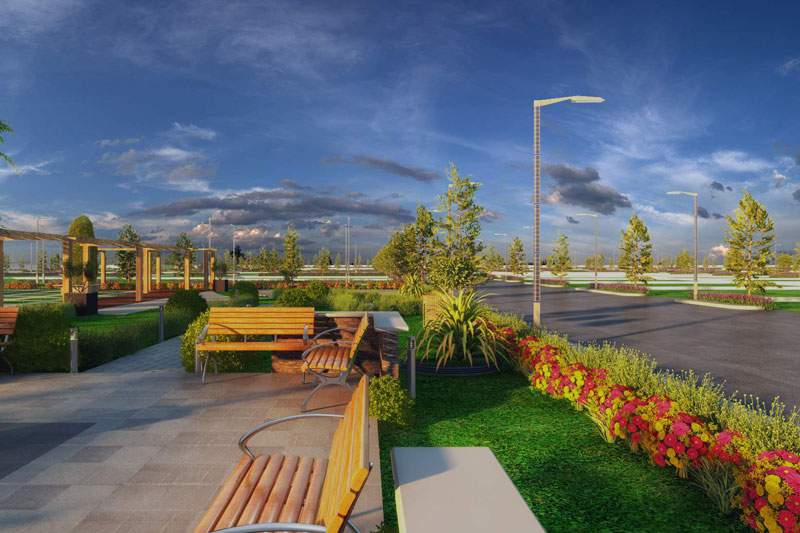Cities in the Asia-pacific region account for half the number of top 30 cities. Six Indian cities figure in the list as the largest number from any one country. Top of the list is Bangalore city.
More than 50% of the world’s population is residing in cities. This proportion is expected to grow over the decades to follow. Therefore the ability of the cities to accommodate this growth is important.
The report explains that in spite of many upheavals and economic uncertainties, many cities display dynamism. Their agility and receptivity enable them to adapt quickly to each new wave of global change,plots available near sarjapur
The five other Indian cities that figure in the list of top 30 cities are Hyderabad, Pune, Chennai, Delhi and Mumbai.
The top 10 cities are Bangalore, Ho Chi minh, Silicon Valley, Shanghai, Hyderabad, London, Austin, Hanoi, Boston and Nairobi.
As per available information, although dynamic labor markets do aid the growth of mega cities like Chennai, Manila, Delhi and Mumbai, these cities face other serious impediments to infrastructure and quality of life such as inequality, congestion and pollution.
Bangalore is an exception to this trend in India. So it is well positioned to be in the league of Silicon Valley, London, Austin and Boston.
But on the flip side, infrastructural bottlenecks have continued to nag the city’s planners. There is severe shortage of divided two-way roads, delays in the progress of mass transit system, grade separators, flyovers, elevated roads, ring roads, etc.
There are over 1.5 million vehicles plying on the roads of Bangalore which when coupled with bad roads and pot holes, causes unpleasantness for the drivers and passengers alike.villa plots available near hosur
The above analysis shows that though Bangalore has a good standing among world’s fastest growing cities, its infrastructure is far from this comparability with global metropolitan cities. For this gap to be bridged, the City’s Fathers need to do some deep introspection and come up with sound and eco-friendly solutions to the problem of Bangalore’s increasing urbanization and its consequent perils.

 8880003399
8880003399
